Volunteer streamkeepers found and assessed this dead male chum salmon on Byrne Creek in SE Burnaby today. We spotted racoon tracks a ways further up the creek.


Volunteer streamkeepers found and assessed this dead male chum salmon on Byrne Creek in SE Burnaby today. We spotted racoon tracks a ways further up the creek.


Byrne Creek Streamkeepers Society volunteers spotted four chum salmon in the creek today in SE #Burnaby that have returned to spawn. Great to see them coming back this year!

Byrne Creek Streamkeepers had a spawner patrol orientation today in SE #Burnaby, BC, to show some new volunteers the area that we patrol.
Due to human intervention and ongoing development, the area in which salmon spawn on Byrne Creek is limited. It can be covered on foot in about an hour.
Salmon usually start returning to spawn on Byrne Creek around mid-October, and we weren’t disappointed, spotting three in the sediment pond, all likely coho.
There’s nothing like seeing these majestic fish in an urban area to get volunteers inspired and reinvigorated. This is my favourite time of the year, as I try to get out on on the creek as many times as I can, sometimes three or four times as week, as work and other commitments allow.
Volunteer streamkeepers have training from the Pacific Streamkeepers Federation, and permission from the Department of Fisheries and Oceans and the City of Burnaby, to patrol the creek and enumerate spawners.
Please, if you see salmon, maintain a respectful distance, do not walk in the creek, and keep dogs leashed. The eggs the fish lay in the creek won’t hatch until spring, so it’s important to stay out of the creek.
I am a strong proponent of citizen science. I think the observations amateurs make, share, and get verified on places like iNaturalist are crucial to understanding what is going on in the natural world.
But sometimes things get crazy on social media.
The other day I posted a photo of a heron scarfing a large salmonid about 30-35cm long.
By a quick ‘n dirty count of responses, several Registered Professional Biologists, several hatchery managers and staff, and a few folks from the Department of Fisheries agree it was a coho.
Yet the debate on my original post continues to grow days later with “no, that’s a Chinook” or “no, that’s a Steelhead” or “No. . . whatever. . . ” comments piling up.
I have not responded to those posts in that thread, and I won’t, because that would likely just pour fuel on the speculative fire.
And, oh yeah, that citizen science. In over 20 years of streamkeeping on the creek we have never seen chinook or steelhead. Only chum and coho use this creek to spawn. Just once in those years have we trapped a chinook smolt, and that was near the mouth, where it was likely taking a break while heading out to the ocean from somewhere up the Fraser.
Great Blue Heron taking a fish at the mouth of Byrne Creek in SE #Burnaby this morning.
At first I thought this may be a small coho, a jack or jill, or is it another salmonid like a large trout. We rarely see trout that big on the creek.
I was impressed by how surely it handled the fish, and by the size of the swallow, though I’ve seen herons gulp rats.
UPDATE: I have confirmation that this is a coho. Nice to know spawners have started returning to the creek!

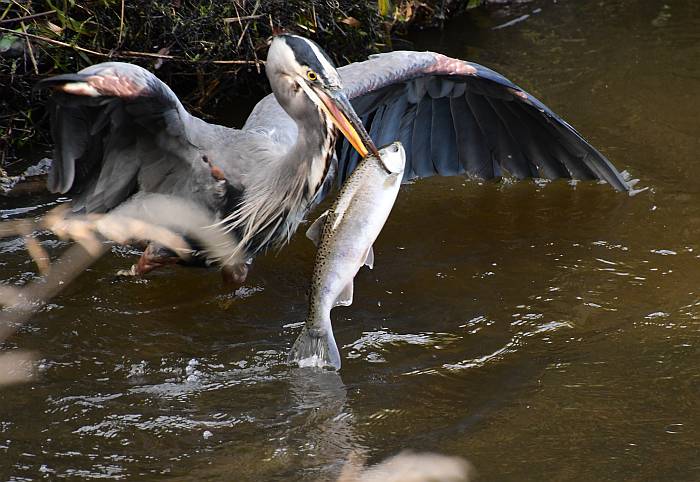
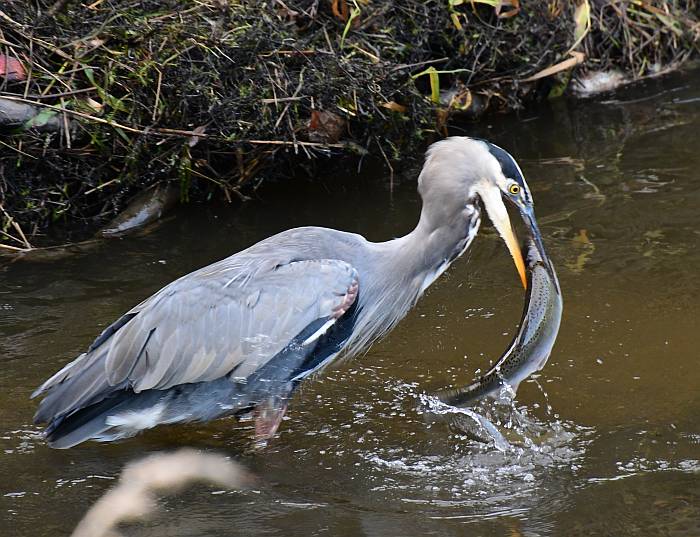
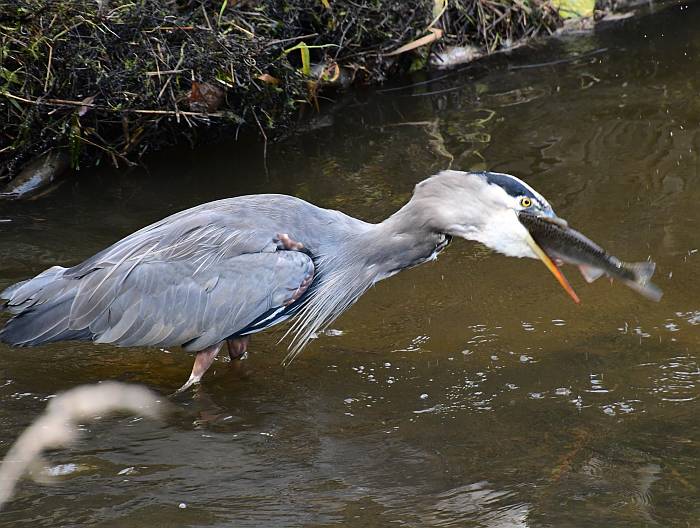


UPDATE 10/16: Thanks to the Burnaby Now for publishing one of these photos with commentary!
Took a stroll looking for salmon returning to spawn. Didn’t expect to see any, as they usually start appearing in this Burnaby creek around Oct. 18 – 25, but it was still a lovely day for a walk.

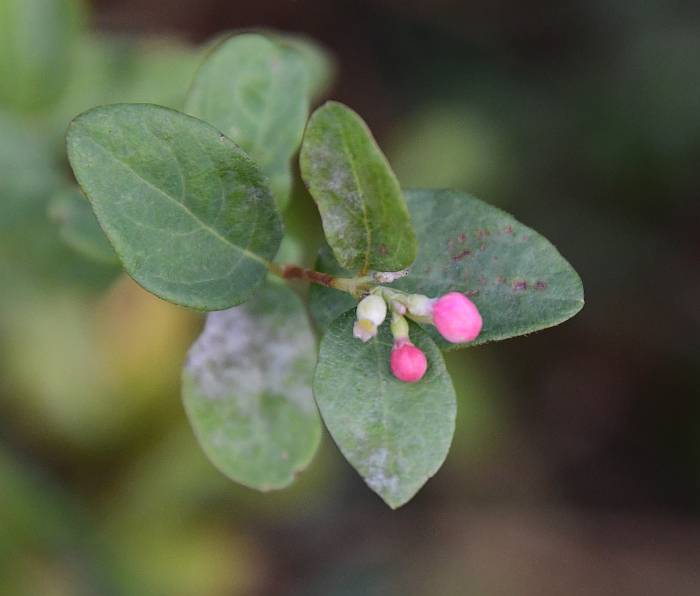
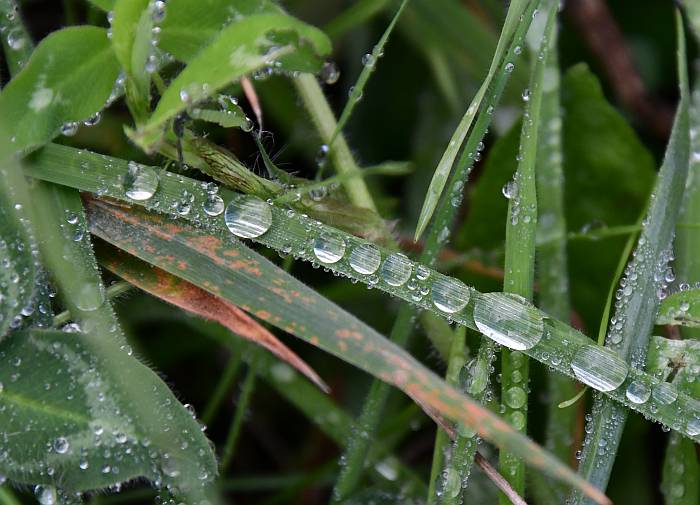


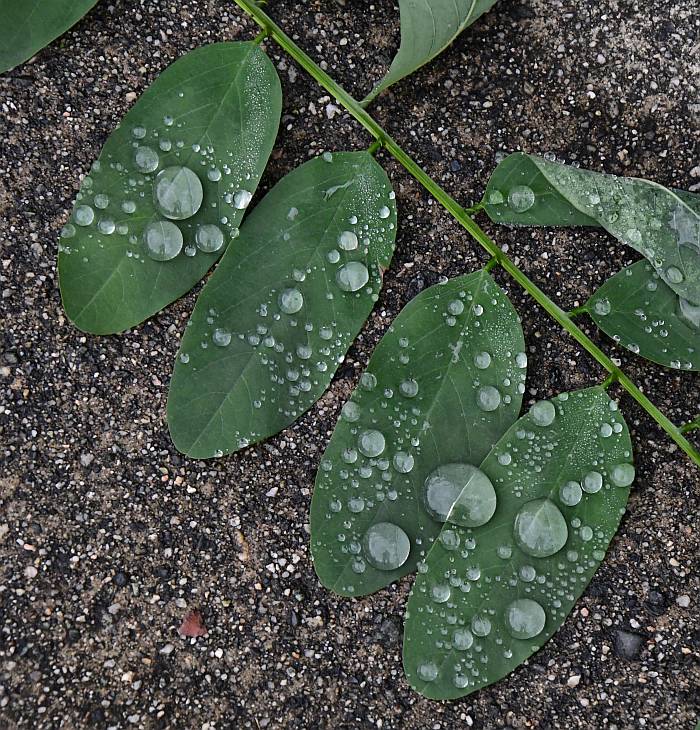
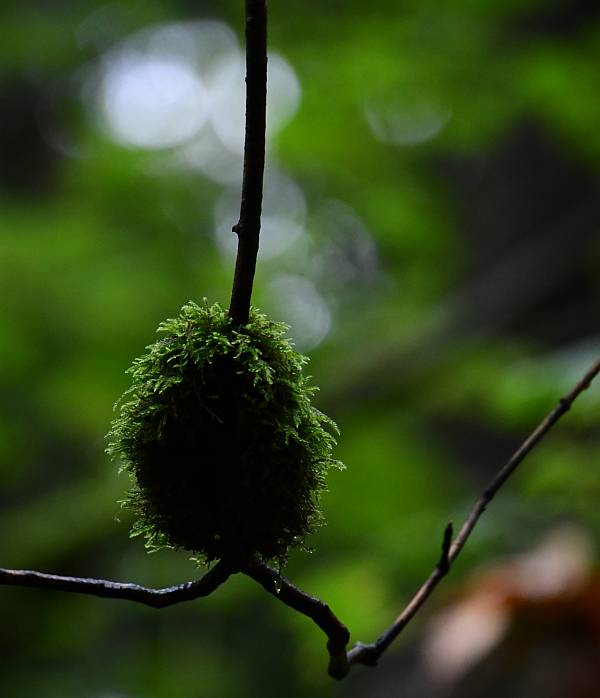
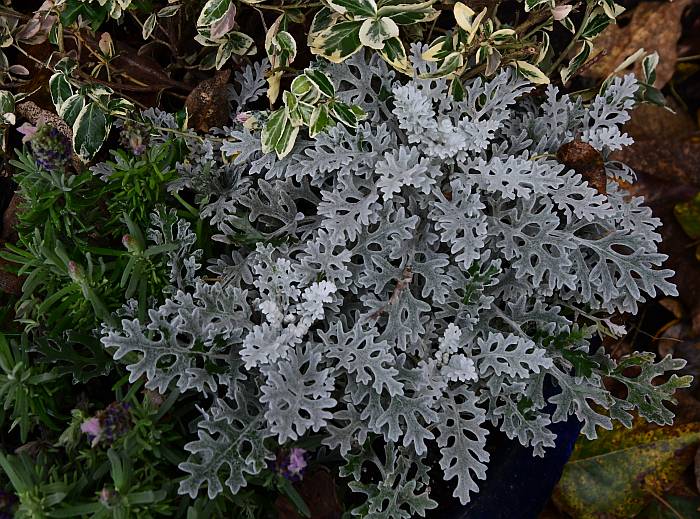
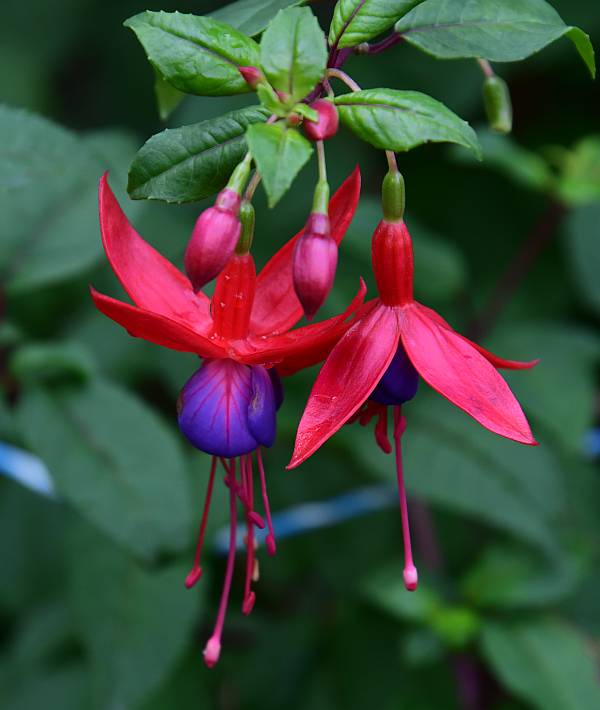
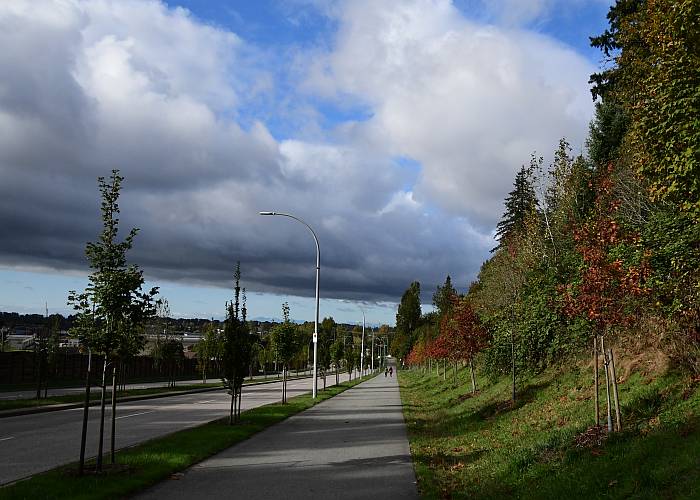

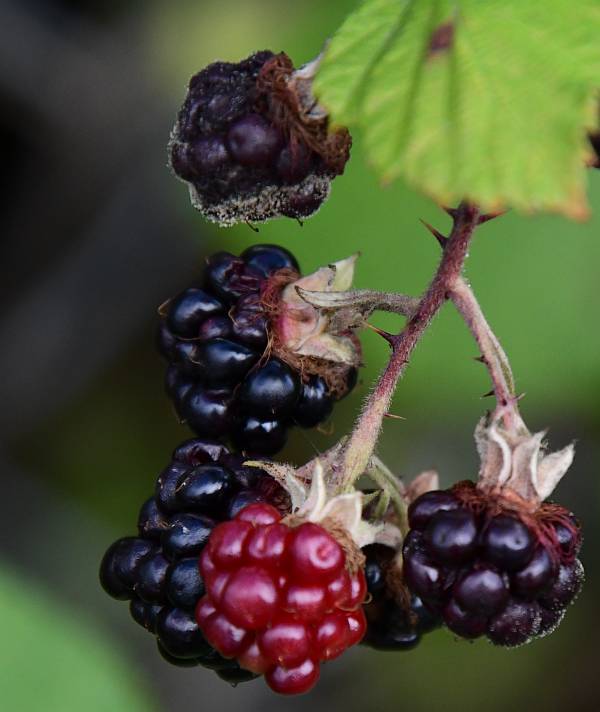
We did the Byrne Creek loop in SE #Burnaby today with a stop at the spawning habitat. There were lots of different kinds of mushrooms. I wish I had taken an online mushroom ID course I saw somewhere recently!
There were lots of stickleback between the bridges, and trout ranging in size from large fry to smolts in the sediment pond.
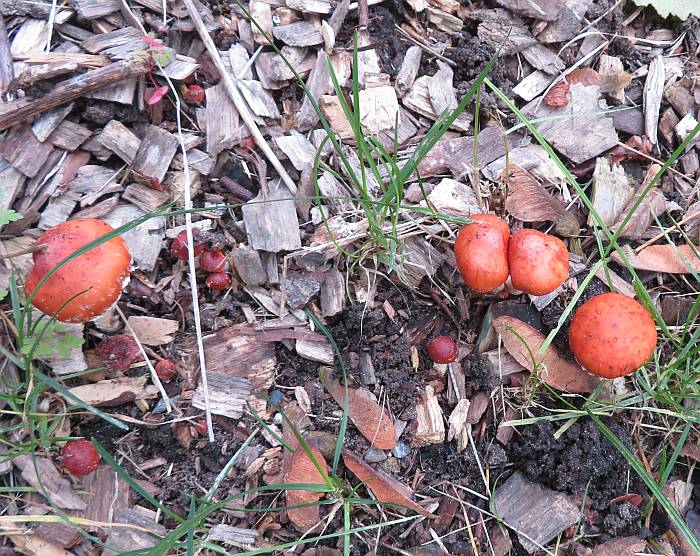
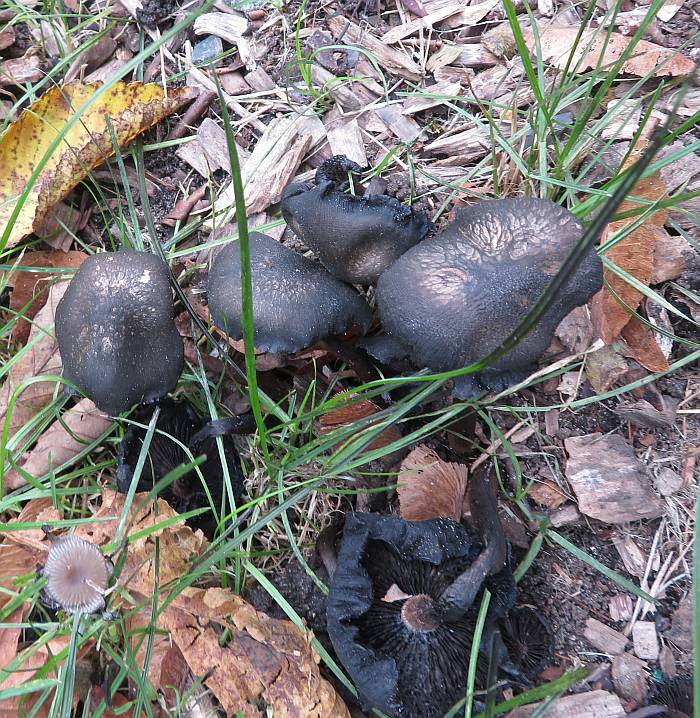
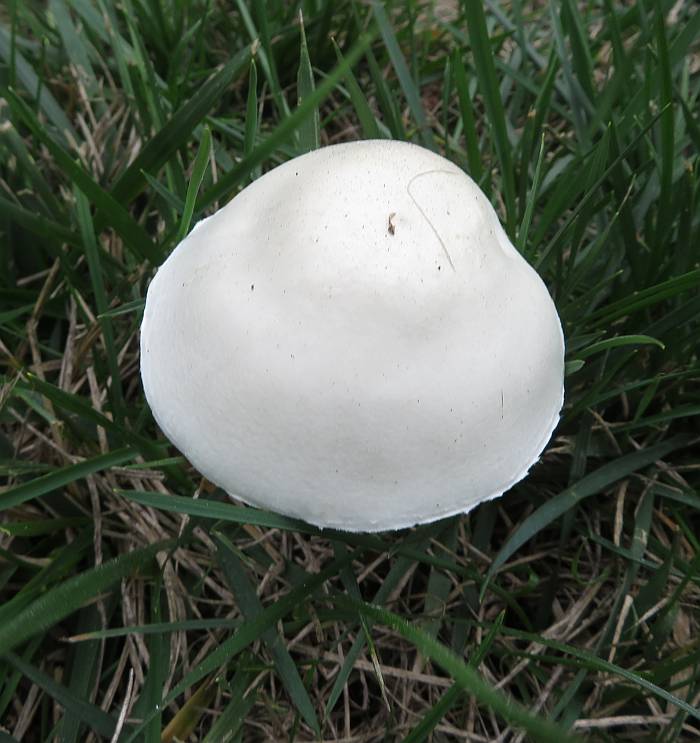


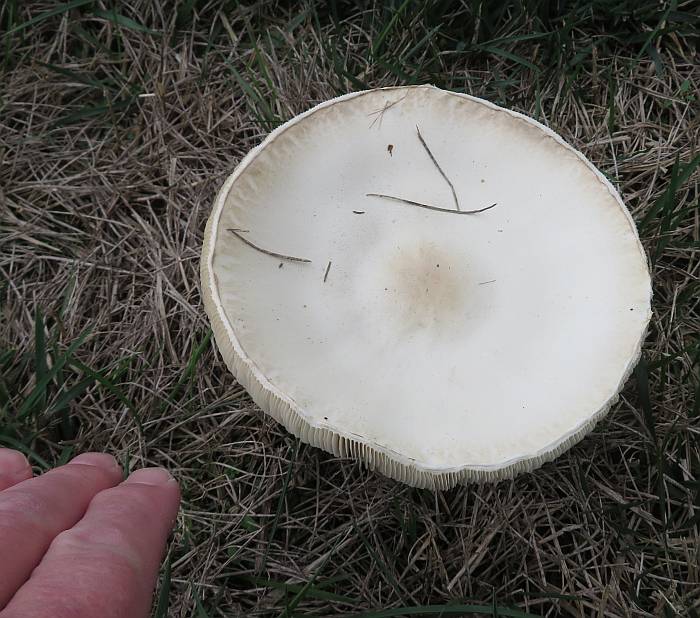
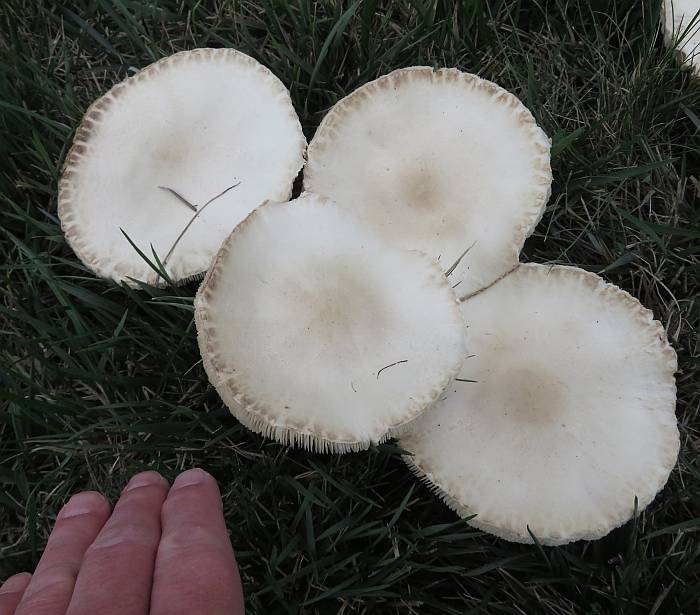
Schools are reopening in British Columbia, and I know many parents, teachers, and staff are nervous, even with various new protocols in place.
My PT job teaching a watershed-based environmental education program shut down in March. We’re starting back up again toward the end of September with stringent sanitization protocols and revised methods of program delivery.
I have to admit that I’ve had concerns, but the Stream of Dreams Murals Society team has thought things through carefully, so I’ve agreed to work a few days and see how it goes.
It’s going to be a new ball game. . .
Unfortunately our Byrne Creek Streamkeepers Society storage container in the spawning habitat in Burnaby, BC, was broken into recently.
Aside from a gas-powered pump there was little of resalable value in the container. Just gear that volunteers use for public events, and to count aquatic bugs, trap and ID juvenile fish, and educational materials. We’re making a list of what was taken.
The gate to the habitat was also bashed in, lock still in place but gate broken.
Sigh. I reported to the RCMP and City of #Burnaby. A very nice officer was there within half an hour of my call and we went over the site together. And a City crew installed heavy chains across the entrance gate that had been rammed open.
Now we have to figure out what needs to be replaced so that volunteers can continue their streamkeeping and educational activities.
It’s dispiriting that vandals would do this when maybe they’ll get ten cents on a dollar, or a few hundred bucks, for their break and enter.
Yet our group is likely looking at well over a thousand dollars to replace what was taken. A thousand dollars is our total annual budget, eh?
Yes, we rely 90% on sweat equity in our volunteer work.
I don’t know what’s wrong with some people.


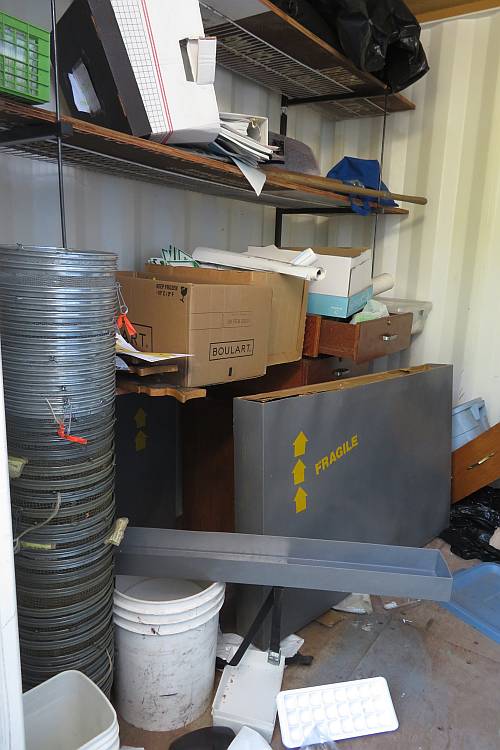
I was contacted recently by someone wanting to know about the nature interpretive sign installed at Griffith’s Pond on Byrne Creek near Edmonds Skytrain Station in SE Burnaby, BC.
In particular the person was curious about who put the sign up, and why there was no mention of First Nations. Here’s a response that I put together:
Hi there, thank you for your interest. I don’t know all the answers to your questions, but I’ll give it a shot.
The signs were installed by the City decades ago. Yes, I agree it would be excellent to have them updated with the addition of information about local First Nations.
You can see simply by wandering/driving around Burnaby, or any other municipality around here that most names reflect settler names, places, and origins.
For example, in our ‘hood we have Nelson, Victory, Royal Oak, Imperial. . . Burnaby itself, and Burnaby Lake and Burnaby Mountain are named after a Brit who actually spent little time here, though he was active in Victoria (hey, there’s another name, eh?) for several years.
As for Byrne Creek, I have no idea how it was referred to by First Nations. Byrne rerouted and channeled the lower portion of the creek in 1893, likely for logging- and farming-related reasons.
As far as I know, there is no historical record of where Byrne Creek entered the river in its original unaltered state. It likely just dissipated into the vast wetlands and bogs that used to be on the south slope flats.
There is some information on the City of Burnaby’s website and some historical maps:
https://gis.burnaby.ca/
storymaps/chartingchangeatlas/ index.html I know that over the last several years the Burnaby Village Museum has been making efforts to incorporate more First Nations history and knowledge into its displays and activities. From what I’ve read, it appears that First Nations did not have permanent settlements in south Burnaby, but regularly used the area for fishing, hunting, berry picking, etc.
As for the impact of diverting the creek, it basically destroyed it as a fish-bearing system for decades, at least for anadromous fish like salmon that move between fresh and saltwater over their life cycle. The bottom end of the diked ditch passed through a pump that did not allow fish passage.
The City of Burnaby rerouted the ditch some 35-40 years ago and installed flap gates at the mouth that allow fish passage. Volunteers from fish and game clubs, in concert with the DFO and the City, began restocking the creek starting in the late 1980s. It was basically a handful of older white guys who initiated cleaning up Byrne Creek and working with the various levels of government to get fish back.
There was a massive fish kill in 1998 that wiped out the entire creek when someone dumped a toxin down a street drain. That galvanized the community to form a streamkeeper group to help care for the creek.